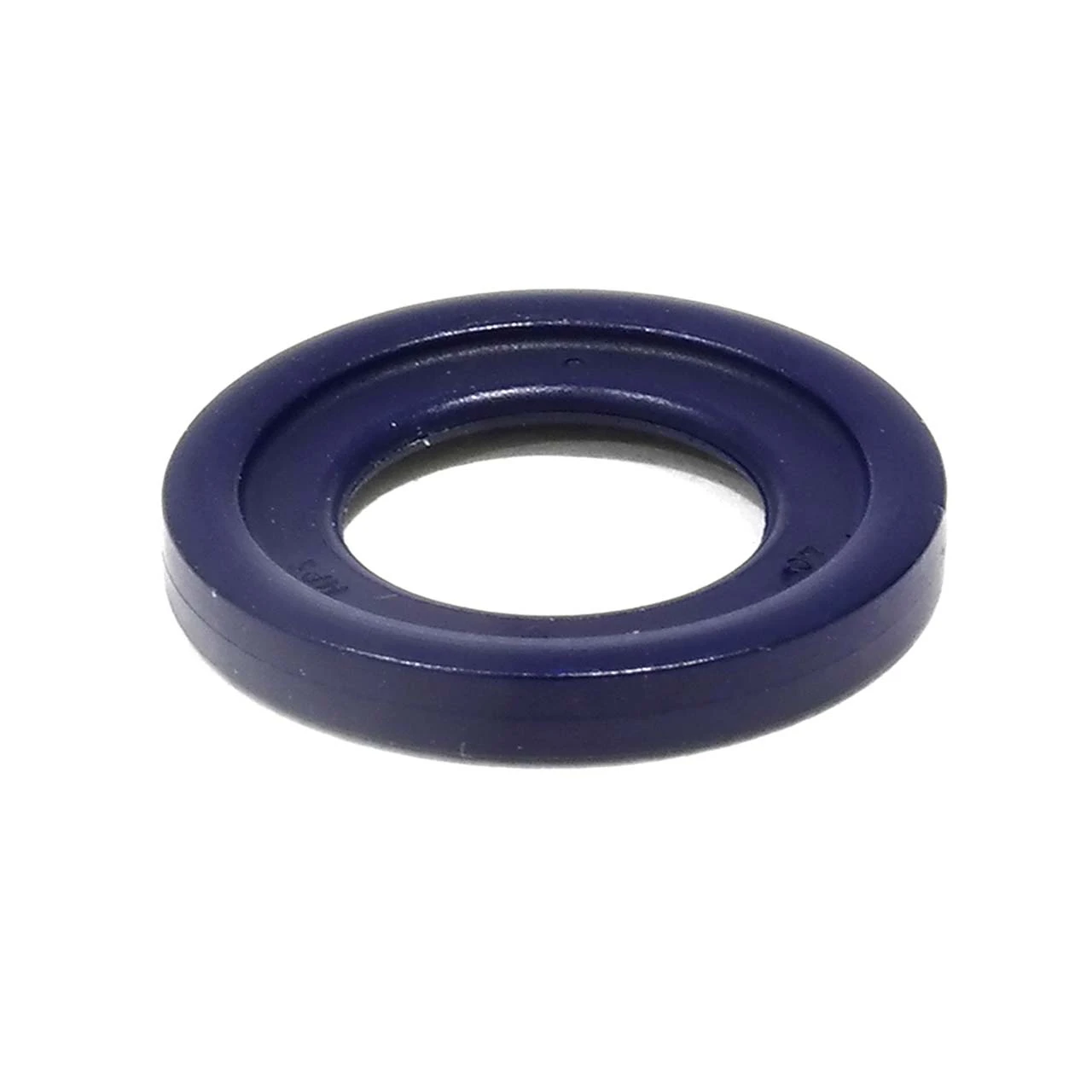plug washer replacement
Replacing a Plug Washer A Step-by-Step Guide
If you've ever dealt with a dripping faucet or a leaking plug in your sink, you know how annoying these minor plumbing issues can be. One common culprit is a worn-out plug washer. Replacing this small but essential component can save you time, money, and water. This guide will walk you through the process of replacing a plug washer, ensuring your plumbing remains in top condition.
What is a Plug Washer?
A plug washer is a rubber or silicone gasket that creates a watertight seal when the plug is in place. Over time, these washers can wear down, shrink, or crack, leading to leaks. Regularly checking and replacing your plug washers can prevent water waste and potential damage to your plumbing system.
Materials Needed
Before you start the replacement process, gather the following tools - A new plug washer (make sure it matches the size and type of your existing washer) - A screwdriver - Plumber's grease - An adjustable wrench or pliers - A towel or cloth for any spills
Step-by-Step Replacement Process
1. Turn Off the Water Supply Begin by turning off the water supply to the sink. This is usually done via a valve under the sink. If there’s no valve, you may need to shut off the main water supply.
plug washer replacement

2. Remove the Plug If your sink has a removable plug, pull it out gently. If it's attached, use a screwdriver to carefully detach it from the sink.
3. Examine the Old Washer After you've removed the plug, take a good look at the old washer. Note any signs of wear, such as cracks or warping. This will confirm that it needs replacing.
4. Install the New Washer Fit the new washer onto the plug. Make sure it sits snugly in place. If needed, apply a small amount of plumber’s grease to help create a better seal and make it easier to remove in the future.
5. Reattach the Plug Place the plug back into its original position and secure it. If you've used screws, ensure they're tightened properly, but avoid over-tightening, which can damage the washer.
6. Turn the Water Supply Back On Slowly turn the water supply back on and check for leaks around your newly installed washer. If there are no leaks, congratulations! You've successfully replaced your plug washer.
Conclusion
Replacing a plug washer is a simple, cost-effective way to maintain your plumbing. By following these steps, you can enhance the longevity of your sink, prevent leaks, and save on water bills. Regular maintenance, including replacing washers, is key to a well-functioning home plumbing system.
-
Understanding the Front Main Engine Seal: Purpose, Maintenance, and Installation
News Jul.29,2025
-
Understanding O-Rings and Seal Rings: Types, Applications, and Custom Solutions
News Jul.29,2025
-
Understanding Crankshaft Oil Seals: Rear Seals, Pulley Seals, and Their Role in Engine Integrity
News Jul.29,2025
-
The Importance of Front and Rear Crankshaft Seals in Engine Performance and Oil Management
News Jul.29,2025
-
Crank Oil Seals: Functions, Types, and Cost Considerations in Engine Maintenance
News Jul.29,2025
-
A Comprehensive Guide to O-Rings and Seals: Types, Materials, and Global Applications
News Jul.29,2025
-
Mastering Diesel and Performance Engine Maintenance: A Guide to Critical Oil Gaskets
News Jul.28,2025
Products categories















